Making Bacon at Home [Homemade Bacon Recipe] - BarbecueBible.com
Your folders
Your folders
Author : Steven Raichlen
![Making Bacon at Home [Homemade Bacon Recipe] - BarbecueBible.com](https://d21klxpge3tttg.cloudfront.net/wp-content/uploads/2014/06/featured-making-bacon-1024x640.jpg)
Ingredients
Export 1 ingredients for grocery delivery
Instructions
Step 1: Mix the salt, sugar, and pink salt, if using, together in a large bowl, making sure to break up the brown sugar so it has no clumps. Do this quickly before the salt starts to make the brown sugar hard.ShareTweetPin12 Shares Step 2: Next, put the pork belly in a large nonreactive food-safe container and coat it thoroughly on all sides with the sugar-and-salt cure. Do one coat on all sides, shake off the excess, and let the belly sit for 5 minutes. Then reapply the cure and either wrap the belly tightly in plastic wrap or cover the container with plastic wrap. ShareTweetPin12 Shares Step 3: Place the container on the bottom shelf of your fridge. This next part is important: you must flip the bacon once a day for the next 7 days. This is somewhat less important if you have tightly wrapped the belly in plastic wrap, but it must be done every day if you didn’t—failing to do so will lead to lopsidedly cured bacon. ShareTweetPin12 Shares Step 4: After 7 days, rinse the belly lightly under cold water and pat it dry with paper towels. Place it in a smoker, meat side down, and set the smoker for 170°F, without any wood, chips, or other stuff that causes smoke. (If you have an old-school log-fed smoker, just open the flue all the way to allow the smoke to get out of the smoking chamber.) Run the smoker for about 1 hour, until the exterior of the meat has a dry, somewhat shiny look that says, “Hey, I’m ready to smoke!” This shiny exterior is called the pellicle. Most anything you smoke will not take on that beautiful mahogany color from the smoke until the moisture in the outer layer of the meat has evaporated and the proteins on the surface are slightly denatured, or cooked. As this happens, the pellicle will form and the meat will become “sticky,” in a molecular sense, enabling the smoke to bond with the pellicle. Failure to achieve a pellicle before you hit it with the smoke will result in a sooty, gray-brown color. Your bacon might taste OK, but it will look like hell.ShareTweetPin12 Shares Step 5: Now add chips, wood—you know, smoke—to the smoker and lower the temperature to 160°F. If you’re trying to flex bold flavors all over the place, feel free to use the magnum-strength smoking woods like hickory, mesquite, or oak, but add them a little later in the process (after 4 hours or so) to prevent the bacon from getting bitter. ShareTweetPin12 Shares Step 6: Smoke the belly for 5 to 6 hours, making sure to give it a turn every hour. The bacon is done when it is firm, not rubbery, with an internal temperature of 155°F. Immediately rinse the belly under hot water to remove any rendered fat, which would make it look less pretty when chilled, and place it in an ice-water bath for 15 minutes.ShareTweetPin12 Shares Step 7: Drain the belly, pat it dry, and wrap it in heavy, breathable paper, such as a large grocery bag. Refrigerate it until it’s time to slice and fry. If you’re not going to eat all of it over the course of the next 2 weeks, you can wrap chunks of it in wax-lined butcher paper (you can get this from your butcher when you buy the belly) and freeze it for up to a year.ShareTweetPin12 Shares
Top similar recipes
Curated for youYour folders
 291 views
291 viewsMaking Paneer At Home
recipepocket.com
10 minutes
Your folders
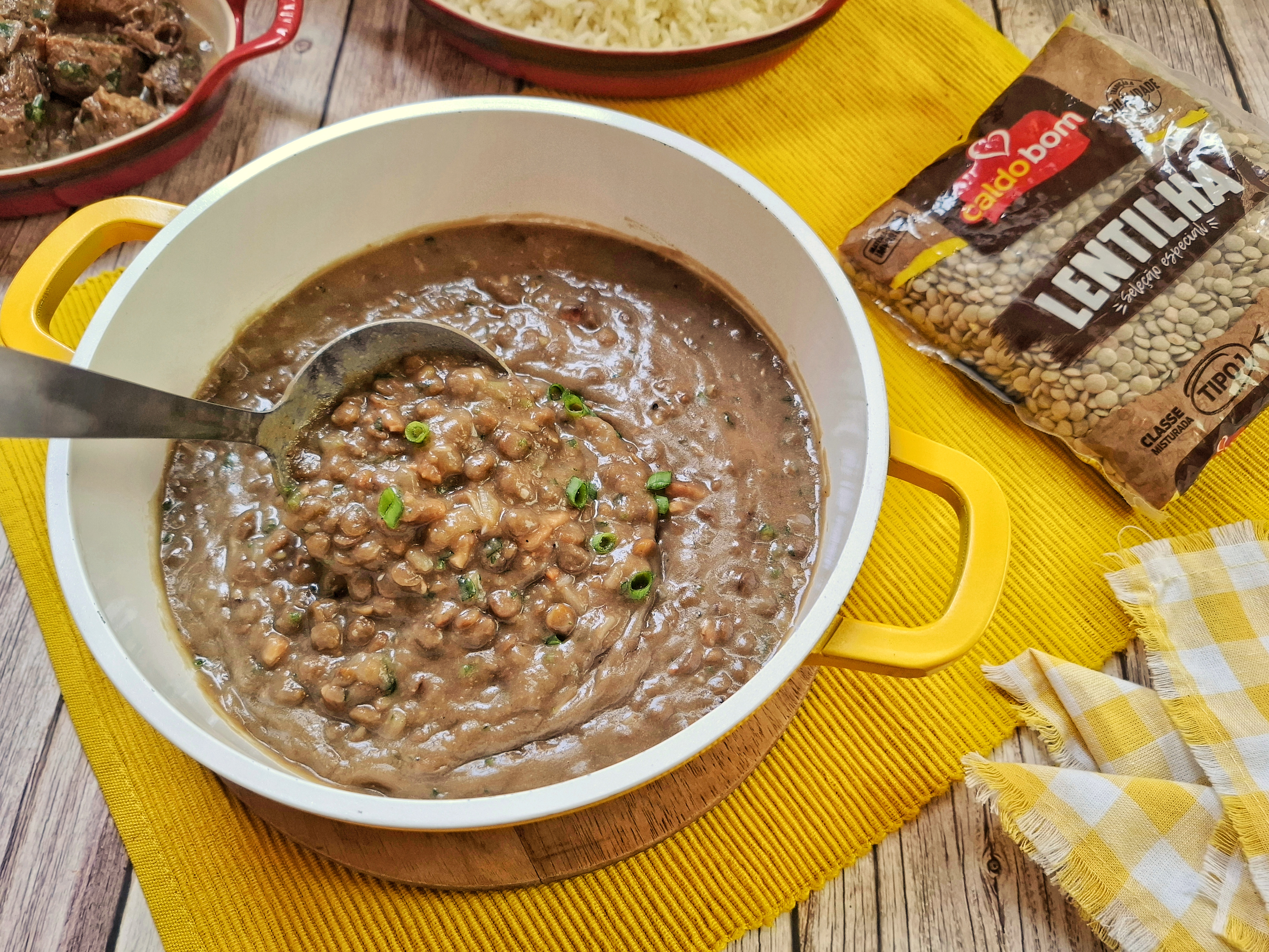
 213 views
213 viewsLentilha com bacon
receiteria.com.br
4.0
(5)
20 minutes
Your folders

 94 views
94 viewsYou Can Make Bacon At Home!
nwedible.com
Your folders
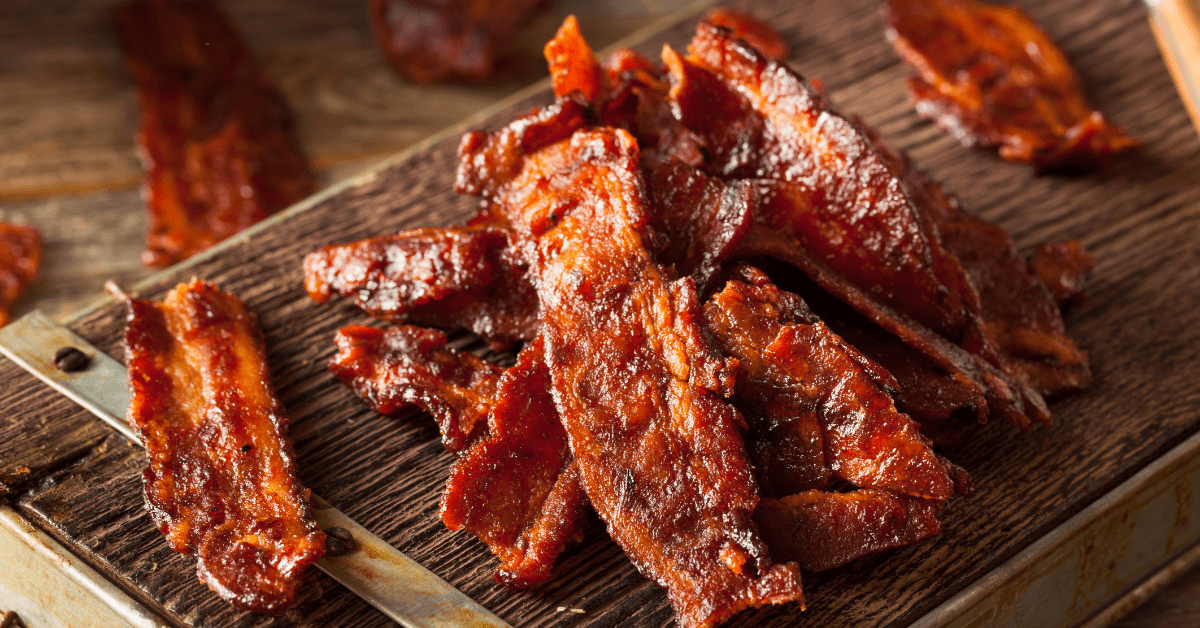
 193 views
193 views30 Best Bacon Recipes to Make at Ho...
insanelygoodrecipes.com
5.0
(1)
Your folders
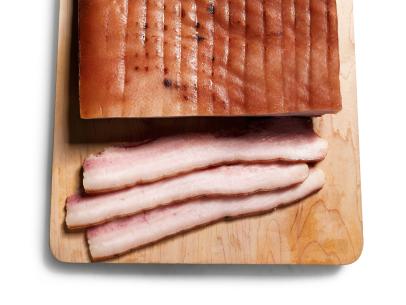
 330 views
330 viewsHomemade Bacon
foodnetwork.com
4.5
(27)
3 hours
Your folders
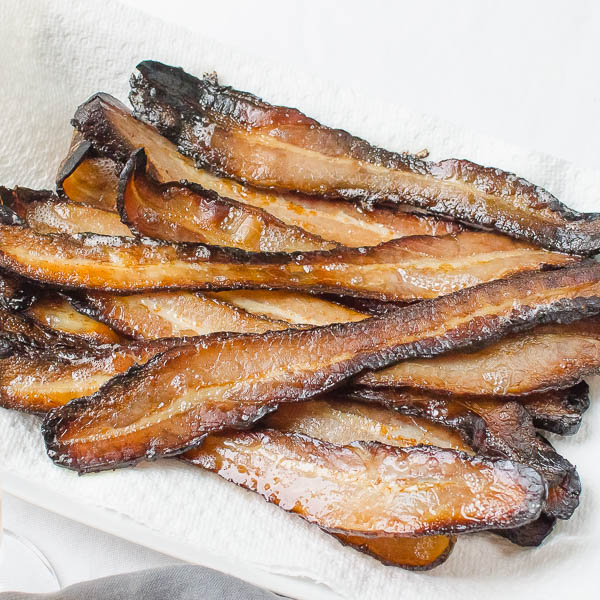
 308 views
308 viewsHomemade Bacon
garlicandzest.com
4.1
(19)
240 minutes
Your folders
/how-to-make-your-own-bacon-4146515-17-5b4643f1c9e77c0037514094.jpg)
 246 views
246 viewsMake Bacon at Home and Save Money a...
thespruceeats.com
Your folders
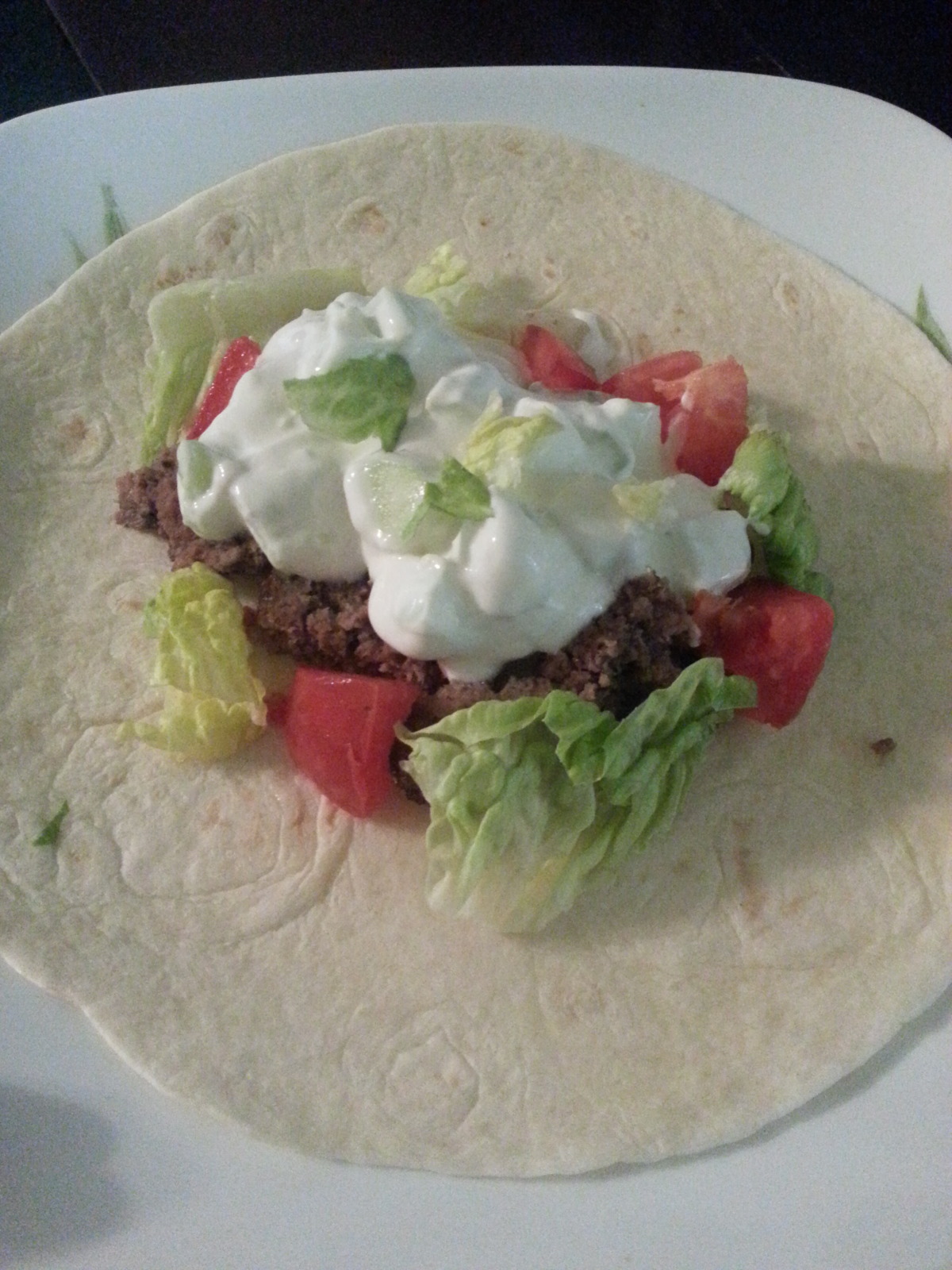
 248 views
248 viewsGyros - an Authentic Recipe for Mak...
food.com
5.0
(81)
1 hours
Your folders

 531 views
531 viewshomemade paneer recipe - 2 ways | m...
hebbarskitchen.com
5.0
(282)
10 minutes
Your folders
 94 views
94 viewshomemade paneer recipe - 2 ways | m...
hebbarskitchen.com
Your folders

 244 views
244 viewsTomato Bacon Mac & Cheese Meal Idea...
paneraathome.com
25
Your folders

 290 views
290 viewsHomemade Bacon Spaetzle
delish.com
15 minutes
Your folders

 342 views
342 viewsHomemade Pepper Bacon
meatwave.com
2 hours, 30 minutes
Your folders
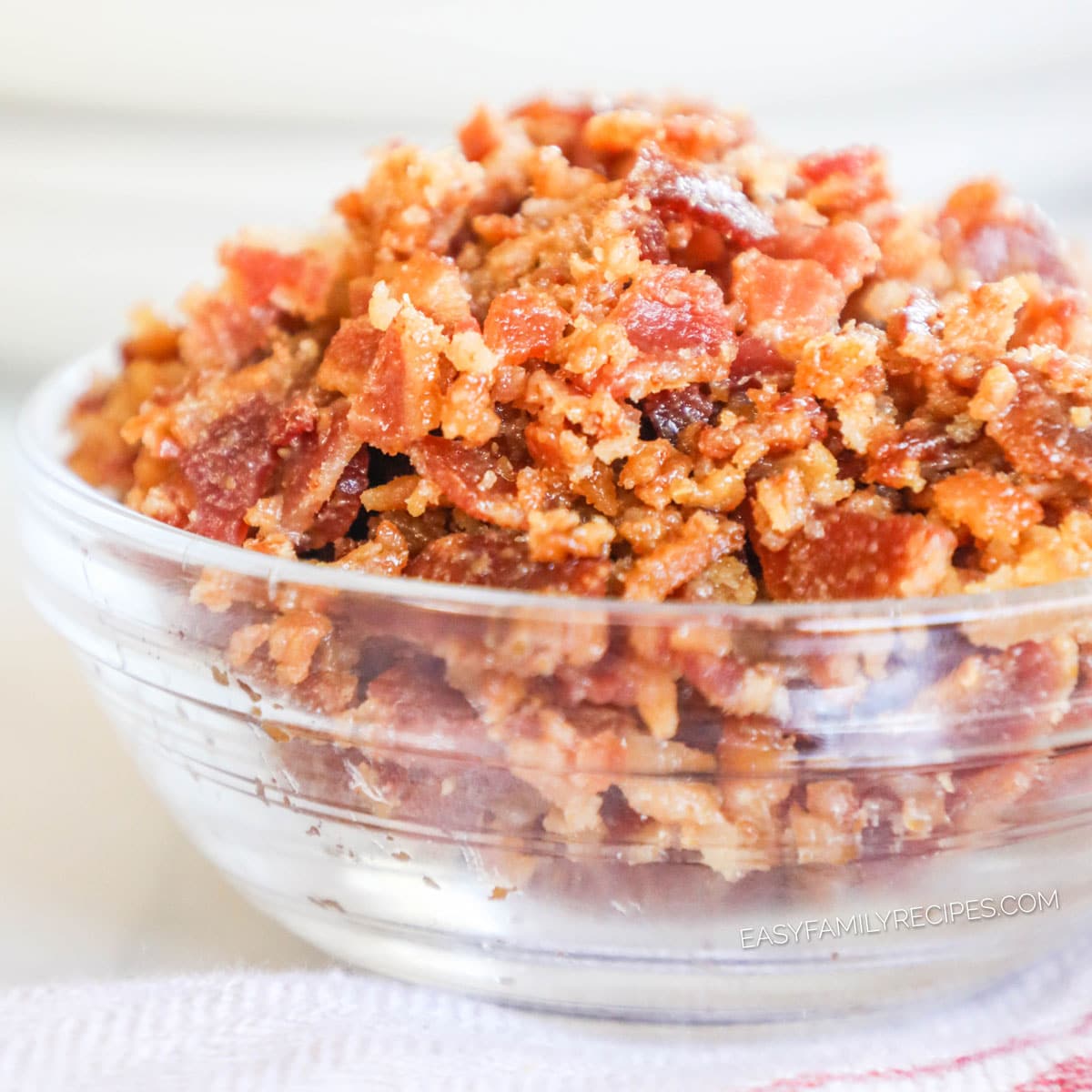
 230 views
230 viewsHomemade Bacon Bits
easyfamilyrecipes.com
25 minutes
Your folders

 340 views
340 viewsHomemade Smoked Bacon
heygrillhey.com
5.0
(4)
360 minutes
Your folders

 372 views
372 viewsHomemade Bacon Bits
portandfin.com
4.5
Your folders
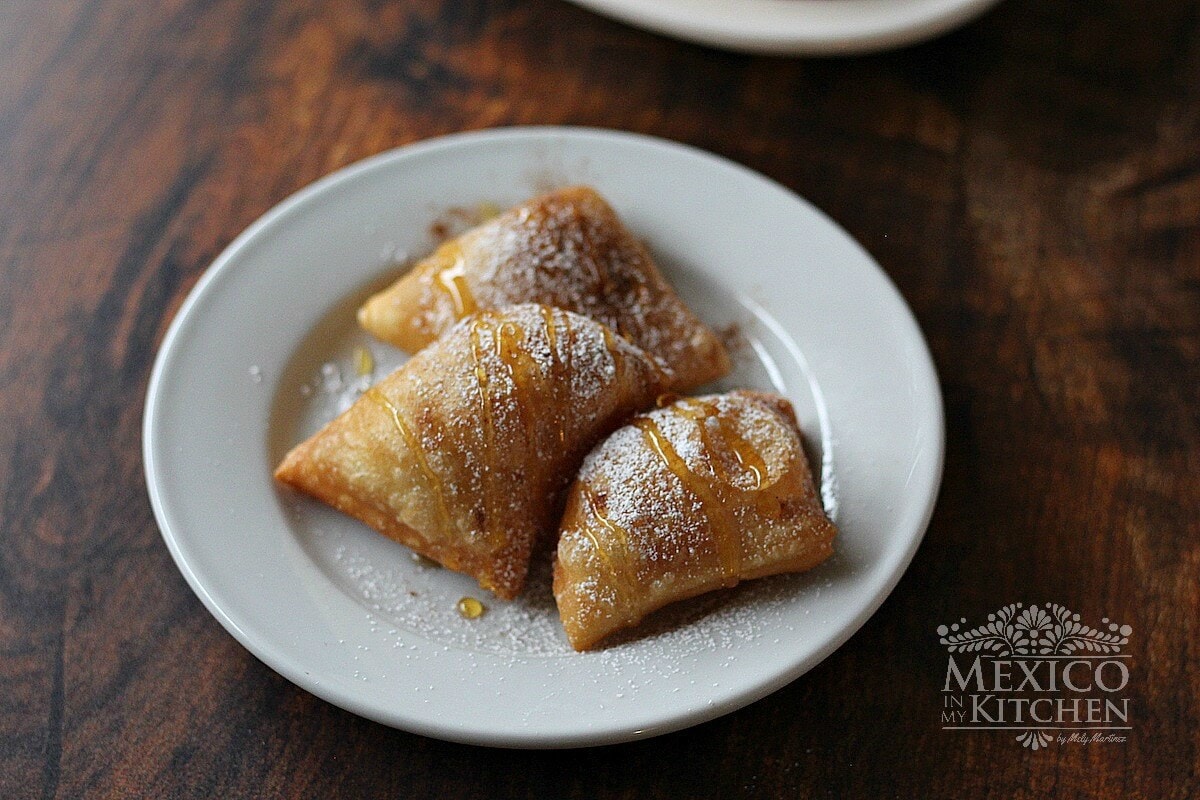
 347 views
347 viewsSopapillas at Home
mexicoinmykitchen.com
5.0
(10)
Your folders

 740 views
740 viewsMaking BACON from a Daikon Radish –...
saucestache.com
4
Your folders

 178 views
178 viewsGarlic Pepper Home Made Bacon Cure
thaiartisanfoods.com